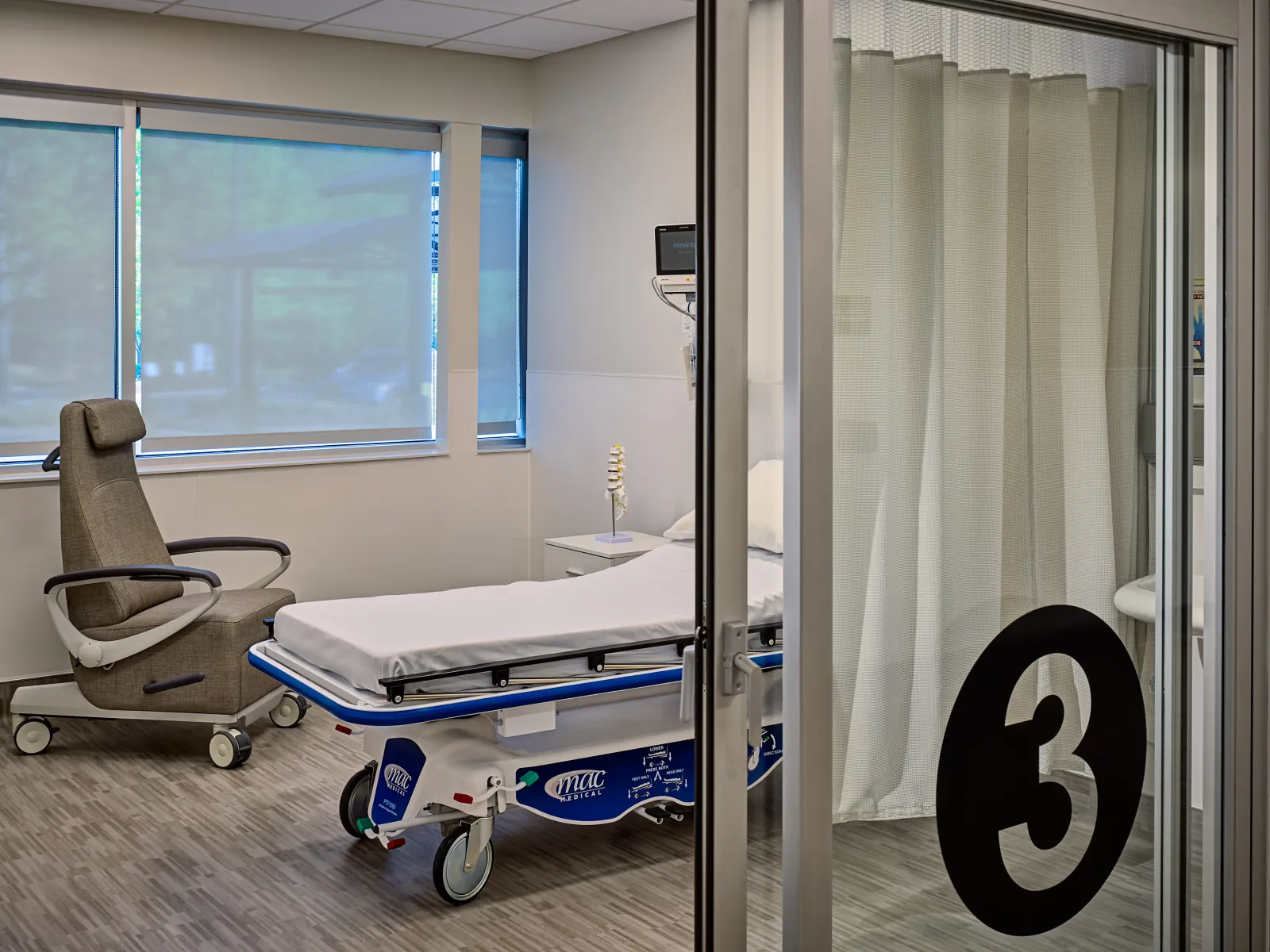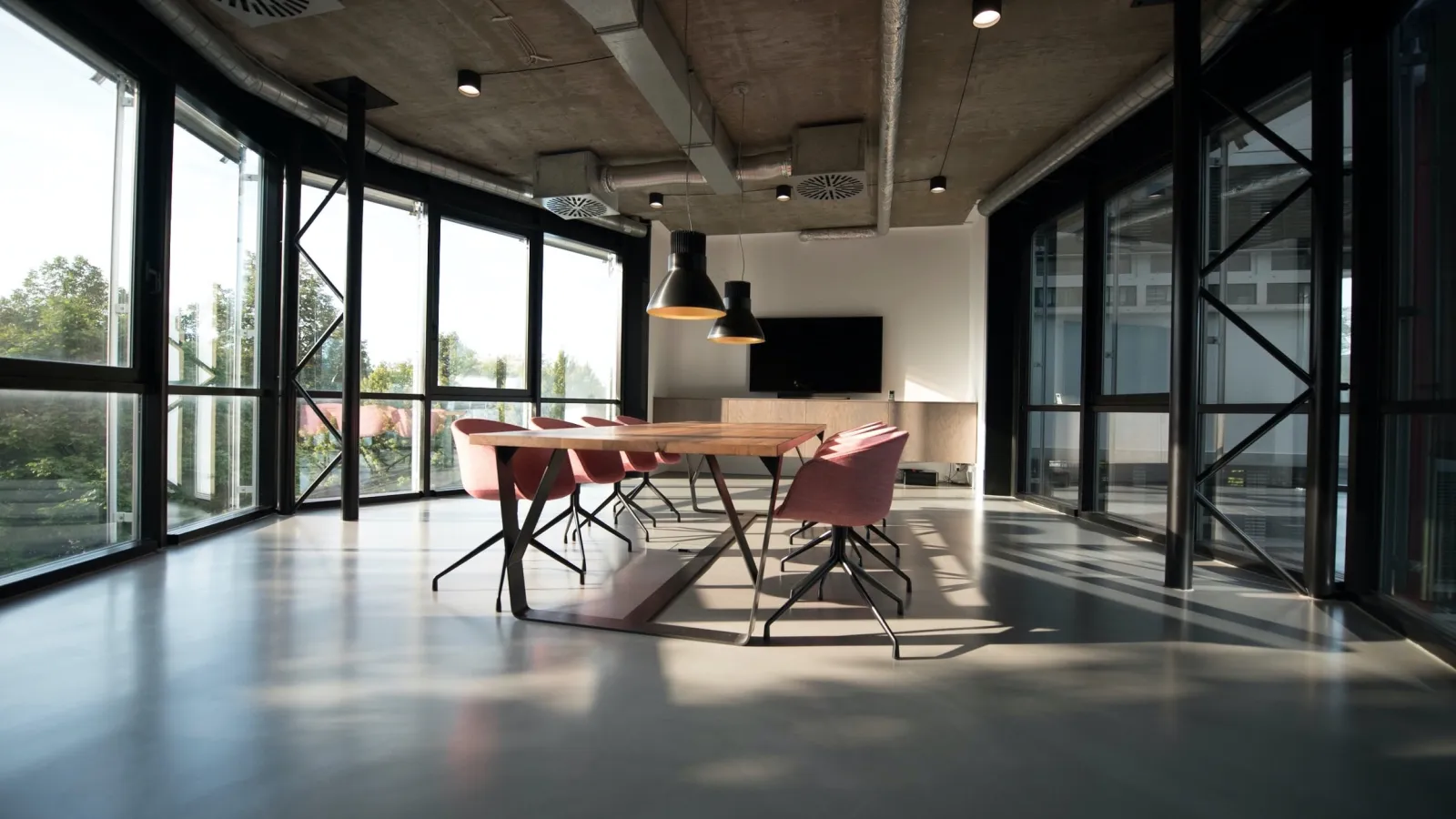
Less Is More: How Tenants Can Cut Back on Expenses in a Competitive MOB Market
Atlanta's medical office building (MOB) sector has seen positive gains over the past few consecutive quarters, including a historically low vacancy rate in Q2 2022 at 8.8%. The sector has shown amazing resilience in the aftermath of a global pandemic, with analysts predicting that it should remain strong over the next 12 months. In Atlanta, competition for MOB space is extremely tight as healthcare providers continue to seek out new and existing buildings close to their core patients.
Not surprisingly, rents are skyrocketing as demand soars. Annual escalations have historically been 2%, but now it's 3%, or even higher, in many markets. The current state of the economy means product is more expensive to build as well — from construction materials to the gas it takes to transport these items to the site.
"Inflation is the primary cause of rent increases, specifically as it pertains to rising construction costs," says SKCR Vice President Brett Buchwald. "Tenants should be readjusting their budgets and brainstorming how they can cut back on costs before moving into a new building to help mitigate the financial impact of these rising prices. Thinking smarter with your space will ultimately save your practice thousands of dollars in the long run."
Some healthcare providers may get sticker shock as they realize that rents are now significantly higher than they were five or so years ago on all product types. To reduce the stress of paying an arm and a leg for MOB space, Buchwald has the following recommendations before moving forward with new construction or renovation projects:
- Consider cutting out high-end finishes for every room in the building. Fancy granite countertops and cushy waiting rooms are nice, but not essential. Stripping back to the basics while keeping the office inviting and still comfortable for patients is a good way to reduce expenses.
- Most MOBs simply don't need a sink (and plumbing) in every exam room. To reduce costs, sinks can be placed in hallways or in every three-to-four rooms and be shared among staff, still serving its purpose but cutting back on overall expenses in the long run.
- Working from home is still common across most industries, and healthcare has also adopted this practice for those roles that do not work face-to-face with patients. Because more staff is working remotely, users can cut out office space that typically takes up a large portion of the building. These rooms can be turned into additional exam rooms, producing more income for the tenant.
Overall, thinking more efficiently with your buildout can result in savings and minimize the shock value that often comes with rising rent rates. The MOB sector will continue to rebound, and healthcare providers will always need new space to meet their patients' needs. Over 300,000 square feet of MOB development is currently under construction in Atlanta, but the hunt for new offices in the market will remain tight, so prospective healthcare uses will need to plan accordingly to keep up with rent hikes that are now par for the course.
To learn more about our MOB leasing services and how we can help you find the best possible space for your operations in Metro Atlanta, click here.


